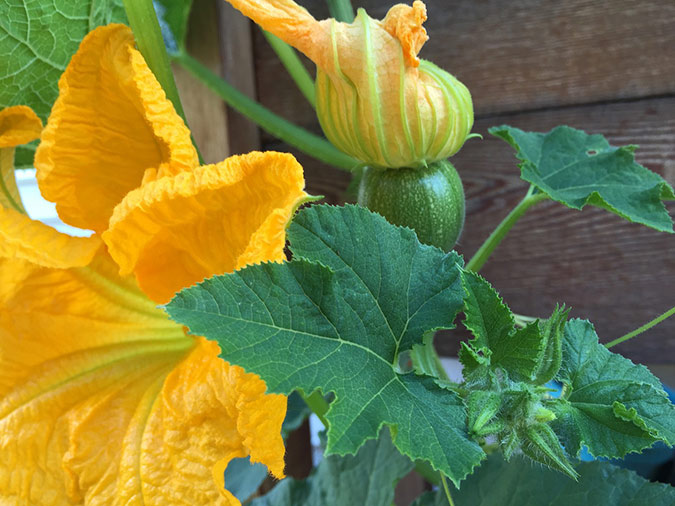The dreaded squash borer doesn’t have to squash your summer cucurbits! Overcome this fearsome foe with one of these tested techniques.
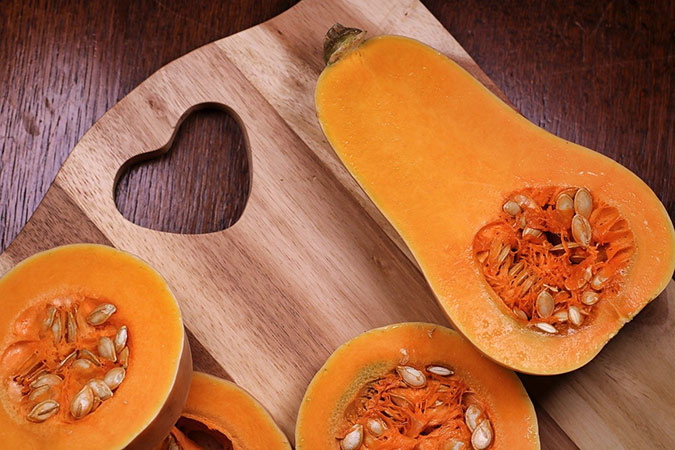
Image by Nick Collins from Pixabay
How to Outsmart the Squash Borer
Do you grow summer squash? Do your plants go crazy and produce so much squash that you run out of friends and neighbors willing to take any more excess squash off your hands? If so, you do not need to worry your pretty little head over this painful tale.
In fact, stop reading now, lest you have horrible nightmares. Dig up your recipe for Zucchini Surprise, and go in peace.
The rest of us, however, must face off with the notorious squash borer (a.k.a. squash vine borer and zucchini vine borer). This nemesis drives the gentle backyard gardener to become a warring desperado every spring in the battlefields of the Borer Wars. We must reach deep to discover just how much abuse we are willing to take in the name of those delicate, hard-won trophies—summer squash.
A Tale of (Gardening in) Two Cities
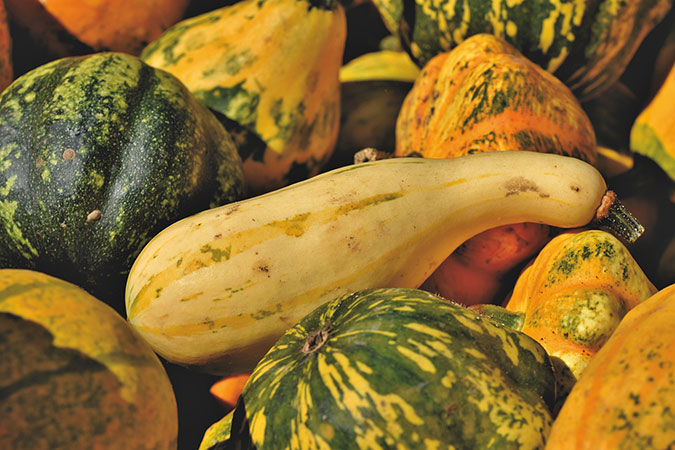
Image by Ralphs_Fotos from Pixabay
Okay, sit back and enjoy a classic tale.
One fine spring day, Dorothy, the woefully innocent backyard gardener, saunters out to her perfectly prepared raised bed and plants a few zucchini and crookneck squash. This is her first new garden since she moved south, and she is looking forward to the long growing season. She plants very few because she doesn’t want to be overrun!
Back in Kansas, she grew more squash than she could consume every summer. What little Dorothy doesn’t know is that she isn’t in Kansas anymore. She’s headed for a high noon, Texas-style showdown with the squash borer, Melittia cucurbitae.
You May Also Enjoy:
“Three Sisters Gardens: Grow More Food With Less Work”
We’ll let her enjoy the beautiful spring weather as she watches her healthy plants get big and husky and more splendid every day.
After several weeks, the first male blooms come on. Dorothy is getting ready for a big harvest, and she even digs out her favorite old recipes so that she’ll have something to do with all this squash. Right after a tremendous rain, she sees the bees moving around from one big, fat female bloom to the next.
Holy cow! Our friend is imagining big bowls of steaming squash within the week. Then on Saturday, with dreams of crookneck dancing in her head, she grabs her trug and heads out into the sunshine.
A Rude Awakening
But wait, what does Dorothy find? Her composted, fertilized, well-watered, weed-free beds look empty. Her gorgeous squash plants have totally collapsed and lay dying on the liberally mulched soil.
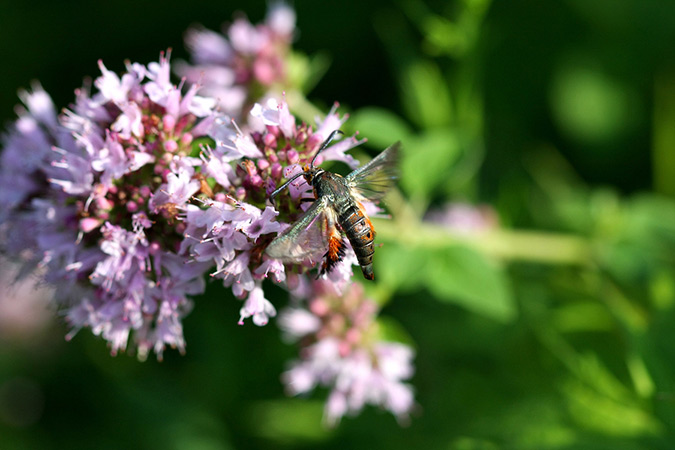
This is ridiculous! It simply cannot be! Then she remembers the old hippies down at her local garden center who offered to help her out if she ran into trouble. At the time, she thought she wouldn’t need their help, but now she isn’t so sure.
Could the death of her squash plants have been caused by some weird soil fungus? Or all those crazy pill bugs crawling all over the garden bed? Oh no! Could it be those damned fire ants that sting the @#$%&*! out of her all the time?
She can’t be sure why this happened, and she needs a bag of potting soil anyway. So she grabs her dog Toto and heads out for the garden center to get some answers.
Veterans of the Squash Borer Wars
As Dorothy pours out her tragic story, the smiling woman behind the counter nods knowingly. Yes, indeed, these are the signs of the dreaded squash borer. It’s a well-known pest down here in the South, and it is becoming more and more common all across the country.
Dorothy doesn’t give up easily, so she asks for some ideas about what she can do to take care of the problem.
A Squash Borer Cover-Up
She learns that many gardeners cover their squash with lightweight row cover. The covering prevents the female borer moth from laying eggs on the stems of the plants.
She’s told that when the first female blooms appear, she should open the row cover, pick a male bloom, and use it to gently pollinate the female flowers. She should carefully close the row cover and come back the next day to repeat the process. New squash blossoms show up every day, so this process must be repeated until there is a nice crop of young squash to pick.
This technique should work if the gardener does it periodically for the entire growing season—and as long as there are no borer pupa buried in the soil underneath the cover.
“What! Wait a doggone minute.” Dorothy can’t believe her ears. She really doesn’t want to spend all of her spare time pollinating squash blooms by hand.
You May Also Enjoy:
“How to Build a Low Tunnel: A Simple, Inexpensive Way to Extend Your Growing Season”
Spray Those Suckers
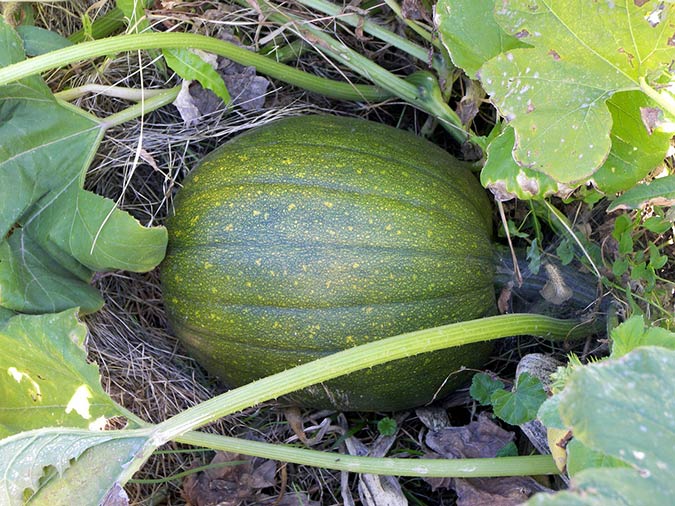
Image by JD Starnia from Pixabay
“What about pesticide?” Dorothy demands. “There has to be some kind of pesticide to kill these evil borers!” Dorothy’s frustration is met with yet more nodding and smiling. The cheery expert from the garden center produces a container from the shelf, and hope returns.
“This is Bacillis thuringiensis,” she explains. “You can inject Bt into the hollow stems of the plant to kill the larval form of borer that is eating the plant from the inside out.” She goes on to say that Dorothy can buy an oversized syringe for horses from the local feed store. She is to fill it with Bt and inject each of the stems on her plants.
This was not the simple solution Dorothy had hoped for. “So, has this worked for you?” she asks. The joyful expert’s smile fades away and is replaced by a quiet confession. “No, this didn’t work for me. I’m not sure why … maybe I missed a stem somewhere.”
Dorothy keeps pushing, sure that there must be some way to beat these bugs.
“Well, some people go out and coat the stems with Bt every day, but that’s too much work for me,” the expert adds. “Some people just go after the grubs with a knife! It gives people satisfaction to kill the little grub worms although you also have to kill the stem in order to find the grub.”
Dorothy is losing patience. She is beginning to think that a visit to the Emerald City may be her only hope.
Don’t Retreat From the Borer Wars
We all know how this story ends: Dorothy goes back to Kansas. But you don’t have to move to a different state to grow squash. I found an answer that really works. It is a compromise, but if you battle the borer and are looking for new tactics, you might give this a try. Let me explain.
Squash Borer Delicacy
The familiar summer squash is Cucurbita pepo. This species has hollow stems, and the leaf stems are also hollow. The female squash borer deposits her eggs on either the main stem or on one of the leaf stems. When the eggs hatch, the larvae bore into the stem.
The hollow space inside the stems is the perfect habitat for the borer larvae to eat, undisturbed by predators. You have probably noticed frass (insect poop) near the point where the borer went into the stem. The point of entry looks like a pinhole on the surface of the stem. As the larvae grow, enough of the plant gets eaten so that the loss of tissue kills the plant.
Plant a Different Squash
Cucurbita moschata is a species of squash that does not have hollow stems. There are numerous excellent cultivars in the moschata species, such as Long Island cheese pumpkin, Pennsylvania crookneck, butternut, and most notably, Seminole.
Named after the Native American tribe that cultivated it, Seminole is a large plant that is wildly prolific. It sets fruit so early and so often that the immature squash can be picked for the table all spring and all summer.
Experiment with picking the squash at different stages to find the exact time that works best for you. I have found that I like them best when they are about the size of a baseball. They will look a little like round zucchini.
Production goes down during the hottest part of the summer, but the vines spring back to life to produce a fine autumn crop. If you leave some of the fruits to ripen, you will harvest lovely small, orange pumpkins at first frost.
You May Also Enjoy:
“An Easy DIY Natural Fungicide for Plants”
These are the best keepers of any squash I have ever grown. I usually have many good, sound pumpkins remaining when I am planting the next season’s crop. I have asked other gardeners to try this out in their gardens, and they have experienced similar results.
Victory at Last
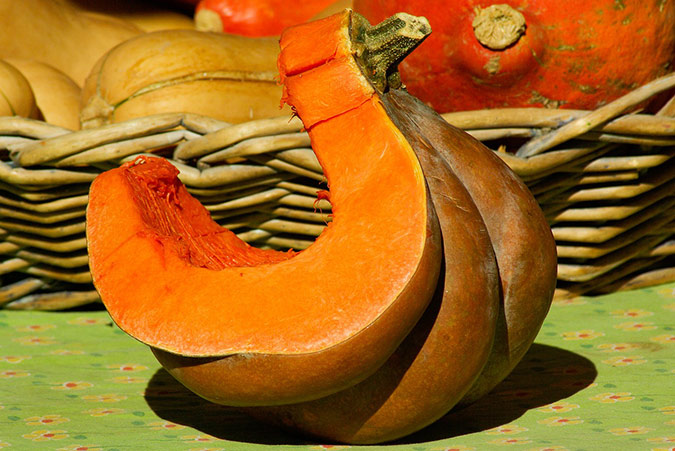
Image by jacqueline macou from Pixabay
If you are still looking for revenge for past heartbreaks, just stand back and watch confidently as the squash borer moth lays her eggs on your Seminole vines. The base of the plant will become riddled with holes, but none of the larva will be able to take the plant down! You may lose a leaf here and there, but the plant will live on until frost.
Then you will be filling a wheelbarrow (and then another) with pretty little, orange pumpkins. Even the pumpkins that are still green when picked will keep very well.
Maybe this year you will be the one who runs out of neighbors and friends to accept the surplus squash you have grown. If so, head on over to the local food pantry to share your bounty.
What Do You Think?
Do you have your own tale of triumph over the dreaded squash borer? If so, be sure to share all the helpful details with us in the comments below!
—————————————
This is an updated version of an article that was originally published on March 14, 2015. The author may not currently be available to respond to comments; however, we encourage our Community members to chime in to share their experiences and answer questions!
The Grow Network is a participant in the Amazon Services LLC Associates Program, an affiliate program designed to provide a means for our team to earn fees for recommending our favorite products! We may earn a small commission, at no additional cost to you, should you purchase an item after clicking one of our links. Thanks for supporting TGN!
(Visited 12,539 times, 1,637 visits today)

The Grow Network is a global network of people who produce their own food and medicine. We’re the coolest bunch of backyard researchers on Earth! We’re constantly sharing, discovering, and working together to test new paths for sustainable living—while reconnecting with the “old ways” that are slipping away in our modern world. We value soil, water, sunlight, simplicity, sustainability, usefulness, and freedom. We strive to produce, prepare, and preserve our own food and medicine, and we hope you do, too!
Total
Shares
- SEO Powered Content & PR Distribution. Get Amplified Today.
- PlatoData.Network Vertical Generative Ai. Empower Yourself. Access Here.
- PlatoAiStream. Web3 Intelligence. Knowledge Amplified. Access Here.
- PlatoESG. Carbon, CleanTech, Energy, Environment, Solar, Waste Management. Access Here.
- PlatoHealth. Biotech and Clinical Trials Intelligence. Access Here.
- Source: https://thegrownetwork.com/outsmart-squash-borer/

